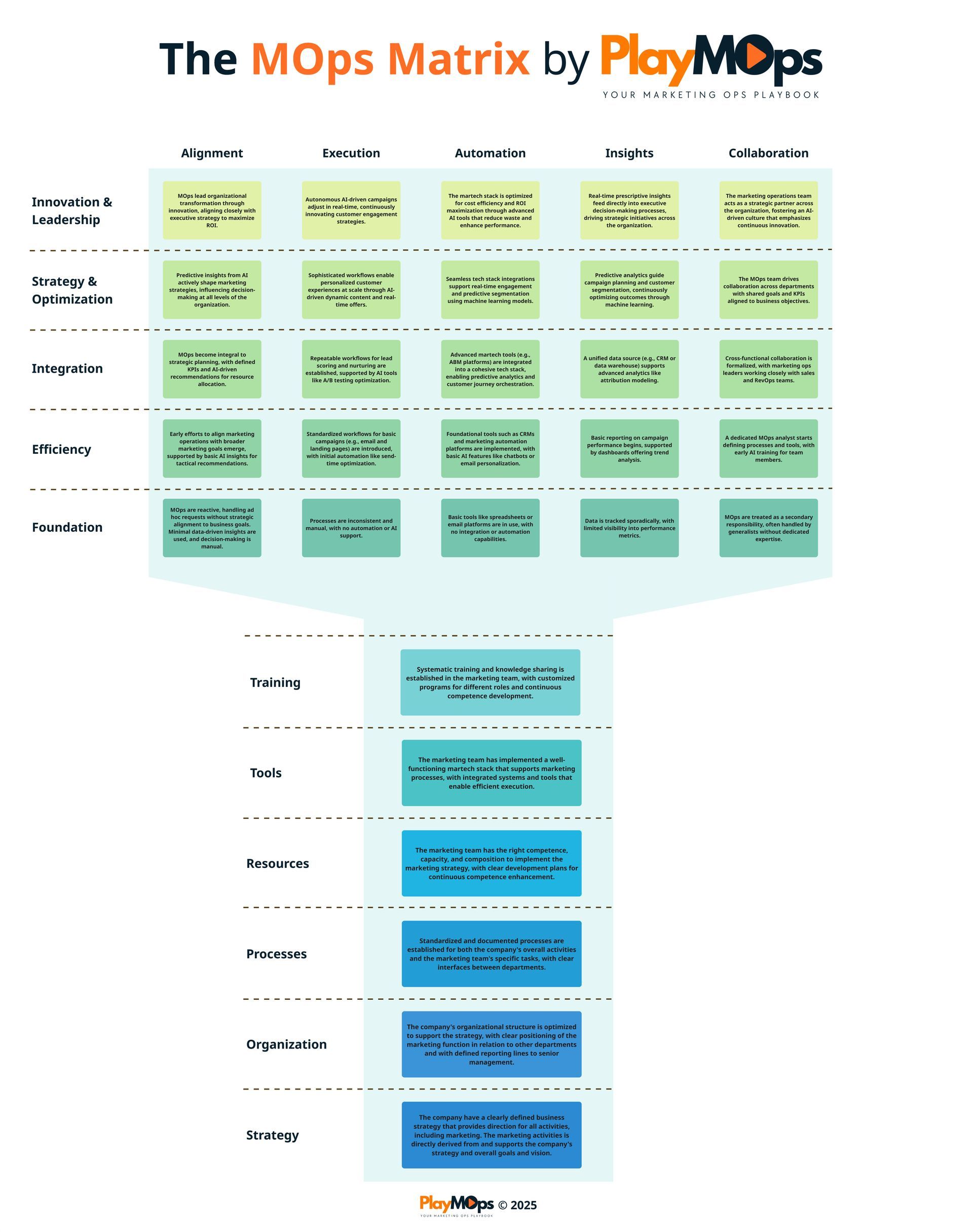How to Do Marketing Without a Clear Business Strategy
If you’re a marketer facing the daily challenge of “How do I do marketing when there’s no clear strategy?”, you’re not alone.
Many teams find themselves trying to deliver results without a guiding business plan or documented company goals. While this isn’t ideal, there are practical ways to bring clarity and drive impact, even when you’re starting with a blank slate.
Why Is This Such a Common Problem?
Lack of a clear strategy is one of the most cited pain points for marketing teams.
It leads to:
- Unfocused campaigns and wasted budget
- Difficulty proving marketing’s value
- Low morale and high frustration
- Missed growth opportunities
But you don’t have to wait for leadership to hand you a perfect roadmap.
You can take control and build the clarity you need.
Step-By-Step:
How to Do Marketing Without a Clear Business Strategy
1. Hunt for Clues: Gather What Exists
Even if there’s no formal strategy, fragments of direction often exist:
- Board presentations, annual reports, or sales targets
- Leadership emails, company values, or product roadmaps
Collect these materials and look for recurring themes or priorities.
Sometimes, a strategy is there, it just isn’t written down yet.
2. Talk to Key Stakeholders
Set up short, focused conversations with leadership, sales, or product teams.
Ask open questions:
“What are our top business goals right now?”
“What does success look like this quarter?”
“What are the biggest challenges we need to solve?”
Document the answers.
Even a handful of insights can help you prioritize your marketing efforts.
3. Define Your Target Audience and Value Proposition
Without a clear business strategy, marketing can quickly lose sight of who it’s for and why it matters. Take time to:
- Identify your core customer segments
- Clarify what makes your product or service unique (your USP)
- Map out the main problems you solve for customers
4. Set Simple, Measurable Goals
Don’t wait for top-down objectives.
Choose 2–3 clear, realistic goals you can influence, such as:
- Grow website traffic by 20%
- Generate 50 qualified leads per month
- Increase email engagement rates
Define basic KPIs to track progress and adjust as you learn what works.
5. Prioritize Channels and Tactics
Avoid spreading your efforts too thin.
Focus on the marketing channels most likely to reach your target audience, whether that’s social media, email, content, or events.
Test small, learn fast, and double down on what delivers results.
6. Create a Simple Action Plan
Build a lightweight marketing plan:
- List key activities for the next quarter
- Assign responsibilities and deadlines
- Set a basic budget to avoid overspending
This doesn’t have to be fancy—a one-page summary is enough to keep everyone aligned and moving in the same direction.
7. Review and Adapt Regularly
Schedule monthly or quarterly check-ins to review what’s working, what’s not, and what’s changed in the business. Update your plan as needed.
This habit of regular review is crucial for staying relevant and agile, even when the bigger company strategy is unclear.
8. Communicate and Document Everything
Make sure everyone on the marketing team knows:
- The current priorities and goals
- Where to find your working plan and notes
- Who to ask when questions arise
Transparency keeps the team focused and reduces confusion, even in uncertain times.
What to Avoid
Don’t wait for perfect clarity: Progress beats perfection. Action creates momentum—and sometimes even helps shape the bigger strategy.
Don’t try to do everything: Focus on a few high-impact activities instead of spreading resources too thin.
Don’t operate in a vacuum: Stay connected to other teams and keep looking for new information about company priorities.
When (and How) to Push for Strategy
If the lack of direction becomes a major blocker, use your findings and early results to make the case for a proper strategy session with leadership.
Show how a little clarity has already improved results, and propose a simple workshop to align on business goals.
Conclusion:
You Can Drive Impact, Even Without a Clear Strategy
Marketing without a clear strategy is tough, but not impossible.
By being proactive, gathering clues, setting your own priorities, and communicating clearly, you can create focus and deliver value, no matter how unclear the bigger picture may seem.
For more frameworks and practical tools for building marketing operations from the ground up, visit the Marketing Operations Matrix page here.




